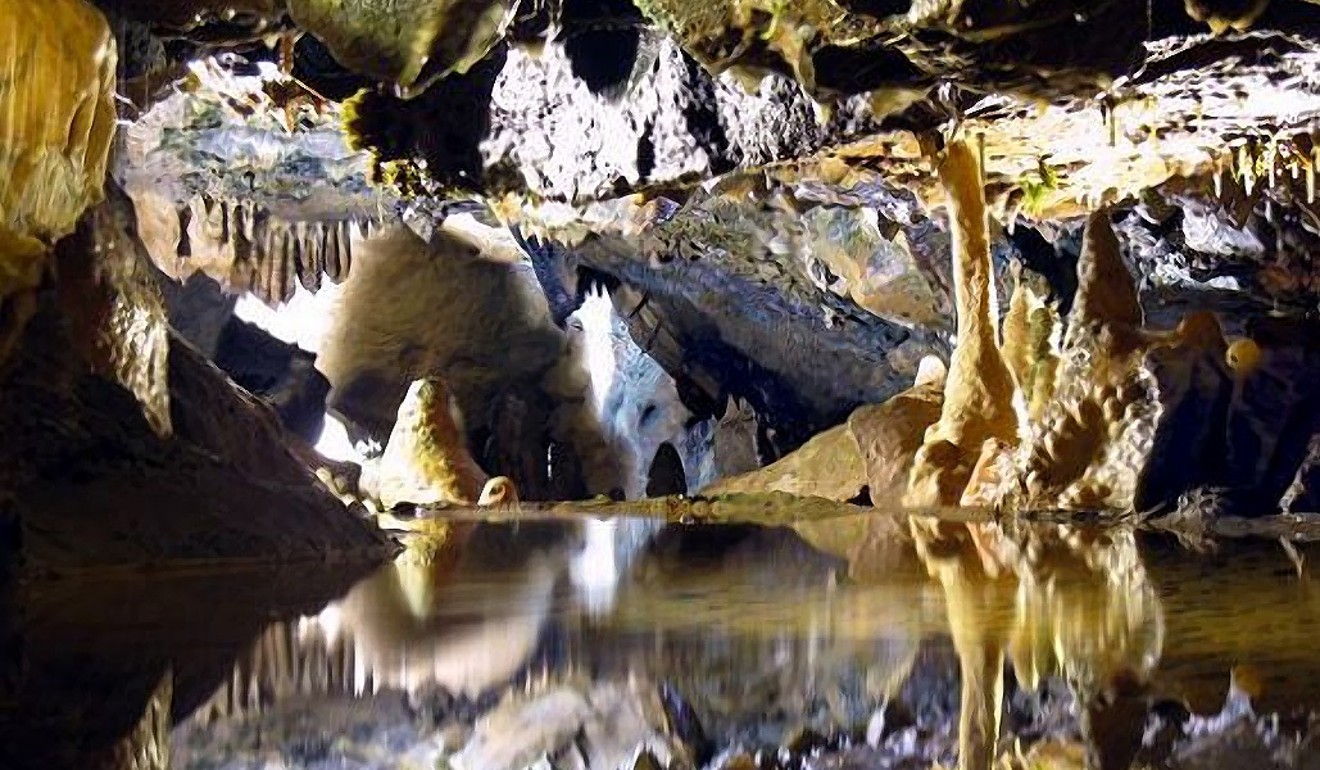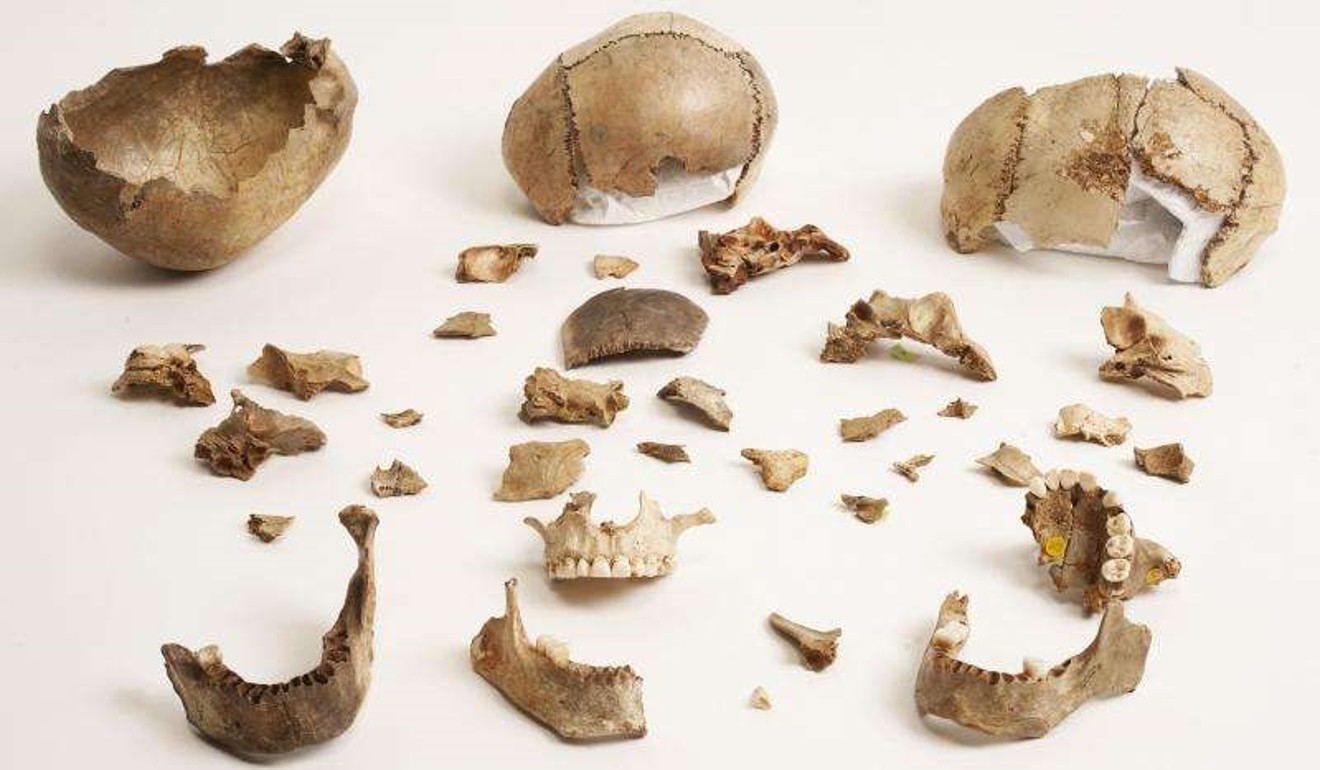
Engraved human bones reveal the macabre rituals of Britain’s prehistoric cave cannibals
‘They’ve cleaned off the flesh, then someone sits down and very carefully carves this design and only afterwards do they break open the bone to get the marrow out’
Engraved bones unearthed in a Somerset cave have revealed new evidence of macabre cannibalistic rituals carried out by early humans in Britain.
The latest analysis of the bones, which were first discovered in the 1980s in Gough’s Cave in the Cheddar Gorge, show signs of having been filleted using sophisticated butchery techniques, decorated and gnawed by fellow humans around 15,000 years ago.
Previous investigations of the remains, belonging to a three-year-old child, two adolescents and at least two adults, already pointed to the grisly possibility that the individuals had been eaten by fellow early modern humans.
Until now, though, it was unclear what form this extreme act had taken. Some suggested the individuals had been consumed not for nutrition, but as a homage to the spirits of the dead. Others floated the possibility of “crisis cannibalism”, where fellow humans were eaten in the throes of hunger and desperation during a harsh winter.
The latest analysis, focusing on a single radius bone, partially resolves this question by suggesting that there was at least some element of ritual in the gory proceedings.
The study describes for the first time decorative zigzag incisions on the bone that appear to have been carried out between the butchering process and consumption.

Microscopic imaging and comparisons with other incisions suggest that the patterns were purely decorative and not carried out for the purposes of butchery.
“This is the first time this kind of pattern has been seen on a human bone from this time period,” said Stringer. “We’re confident that this is not functional, but it’s specially done with some symbolic meaning.”
The latest work, published in the journal Plos One, follows previous work describing a series of polished “skull cups” found at the cave, which could have also formed part of an elaborate death ritual. The scientists are not sure whether the skulls – which appear to have been turned into drinking vessels – and the butchered bones belonged to the same individuals, but hope to answer this question in the future through DNA testing.

The dates of remains at Gough Cave suggest the cavern was populated for more than 100 years during this period, and that the early humans would have hunted deer, boar, horses and hare.
Silvia Bello, a palaeontologist at the Natural History Museum in London and the study’s first author, said: “It’s something that we find horrifying, but … that was their tradition. Like we incinerate bodies or put them in the ground. It was their way of disposing of bodies, like it or not.”
An analysis of the bones show that almost 40 per cent of them feature human bite marks and 60 per cent of the remains showed some signs of butchery. “It implies that they were maybe really hungry,” said Bello. “There’s no bites on any of the skull remains, but the feet and hands are very much chewed.”
However, there are no signs of the remains having been directly burned, suggesting that if they were cooked at all, they were probably boiled.

